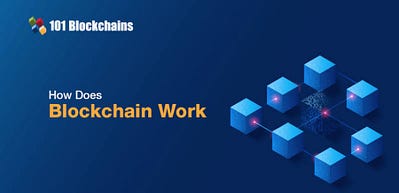
Alright, let’s talk blockchain.
It’s one of those words that gets tossed around at tech events, in crypto debates, and even in awkward small talk at parties. But when someone says, “So, you know how blockchain works, right?” the room usually goes quiet.
Why? Because most explanations make it sound like rocket science. But here’s the truth: blockchain is not that complicated. It’s just… overhyped.
So, let’s break it down in a way that actually makes sense. No fluff, no fancy jargon — just the basics, step by step.
What Even Is Blockchain?

A blockchain is basically a digital ledger.
Oh, what’s a ledger? It’s just a fancy way of saying a record book. You know, the kind that tracks things like transactions, ownership, or who owes you pizza money.
Now, here’s the twist — This record book isn’t stored in one place. It’s copied across thousands (sometimes millions) of computers, all connected in a network.
And they all have the exact same copy. So, if one computer tries to sneak in a fake entry — “Oh look, I magically have 10 million Bitcoin!” — the other computers go, “Nope, that’s not what we have. Nice try, though.”
It’s like having receipts that can’t be forged. What’s written stays written.
How Does Blockchain Actually Work?
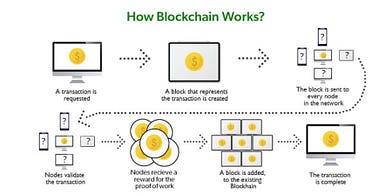
Let’s break this into bite-sized steps, shall we?
Step 1: A Transaction Happens
You’re sending money to a friend. Or buying some cool NFT art (which you seriously should think of getting). Or maybe recording data for a supply chain. Whatever it is, the blockchain starts tracking it.
Step 2: The Network Verifies It
Before your transaction gets added to the blockchain, it has to be verified. And no, there’s no human accountant sitting at a desk with a calculator.
Instead, computers in the network — called nodes — check if the transaction is legit. They solve some complex problems to confirm everything’s in order. Think of it as a digital thumbs-up.
Step 3: Adding It to a Block
Once verified, your transaction gets grouped with others into a “block.” This block is like a digital folder holding all the receipts.
Step 4: Linking It to the Chain
The block gets added to the chain of previous blocks. And boom, you’ve got a blockchain — a chain of blocks that keeps growing with every new transaction.
Step 5: It’s There Forever
Once a block is added, it’s permanent. No erasing, no editing, no “oops, that never happened.” What’s recorded stays recorded. Forever.
Why Is Blockchain So Secure?
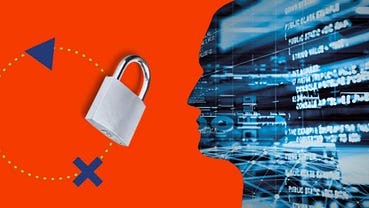
Two big reasons:
1. Decentralization
There’s no single point of failure. The data isn’t stored in one place — it’s spread across a network of computers. So, if a hacker wanted to mess with the blockchain, they’d need to break into the majority of the network. And trust me, that’s not happening.
2. Encryption
Each transaction is locked with a unique code. Only the right key can unlock it. Without the key? It’s just gibberish.
It’s like trying to open a safe without the combination. Good luck.
What’s Blockchain Used For?
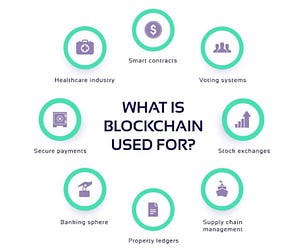
Okay, now that you know how it works, let’s talk about why people care so much.
1. Cryptocurrency
This is the big one. Bitcoin, Ethereum, and pretty much every digital currency you’ve heard of runs on blockchain.
It’s how they keep track of who owns what. No banks, no middlemen — just a transparent system that works.
2. NFTs
Love them or hate them, NFTs are here. Digital art, music, even collectibles — they’re all stored and verified on the blockchain.
It’s what ensures your pixelated cat picture is one of a kind (even if it costs way too much).
3. Supply Chains
Ever wonder how your avocado made it to your toast? Blockchain can track products at every step, from farm to table.
4. Decentralized Finance (DeFi)
Imagine lending, borrowing, or earning interest — without a bank. That’s DeFi. It uses blockchain to create financial tools that are open to anyone, anywhere.
The Downsides of Blockchain
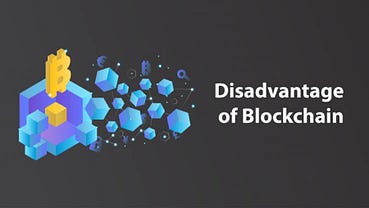
Let’s keep it real. Blockchain isn’t perfect.
- Energy Use: Some blockchains (like Bitcoin) use a ridiculous amount of energy because of how they verify transactions. It’s a problem, and people are working on it.
- Complexity: Setting up wallets and using blockchain apps can be confusing for beginners. It’s like learning a new language.
- Scams: Blockchain is new, unregulated, and full of bad actors. If someone promises guaranteed profits, run.
Why Should You Care?
Because blockchain is changing the way we think about trust and transparency.
Instead of relying on banks, corporations, or middlemen, blockchain puts control back into the hands of regular people. It’s secure, transparent, and almost impossible to tamper with.
Even if you’re not into crypto or NFTs, blockchain is being used to solve real-world problems — from making supply chains more efficient to creating new ways to handle money.
Time out, folks…

Blockchain sounds complicated, but it’s really just a secure, digital record book. The magic is in how it works: decentralized, permanent, and almost impossible to hack.
Now that you’ve got the basics, you’re ready for the next step: Web 3 wallets. What are they, how do they work, and why do you need one? Don’t worry, I’ve got you covered in the next article. Stay tuned!
How Blockchain Actually Works was originally published in The Capital on Medium, where people are continuing the conversation by highlighting and responding to this story.

 3 weeks ago
29
3 weeks ago
29

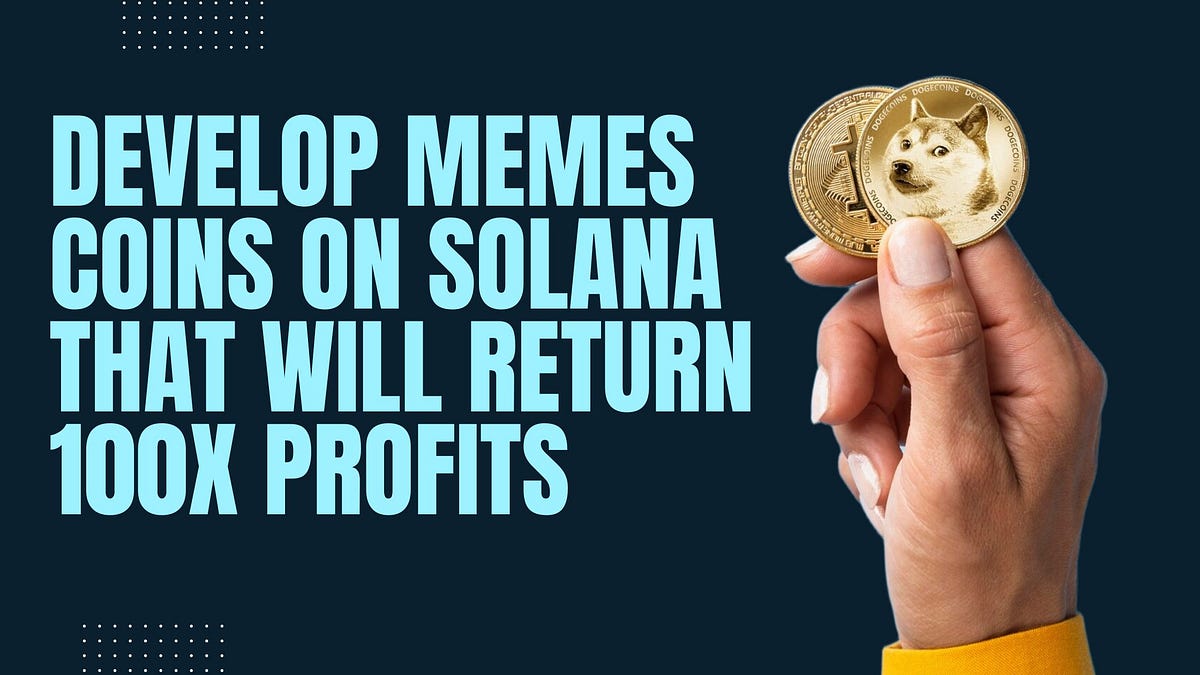
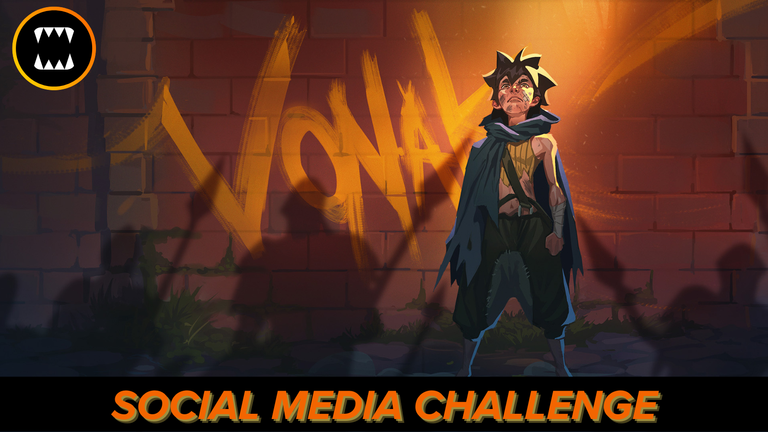



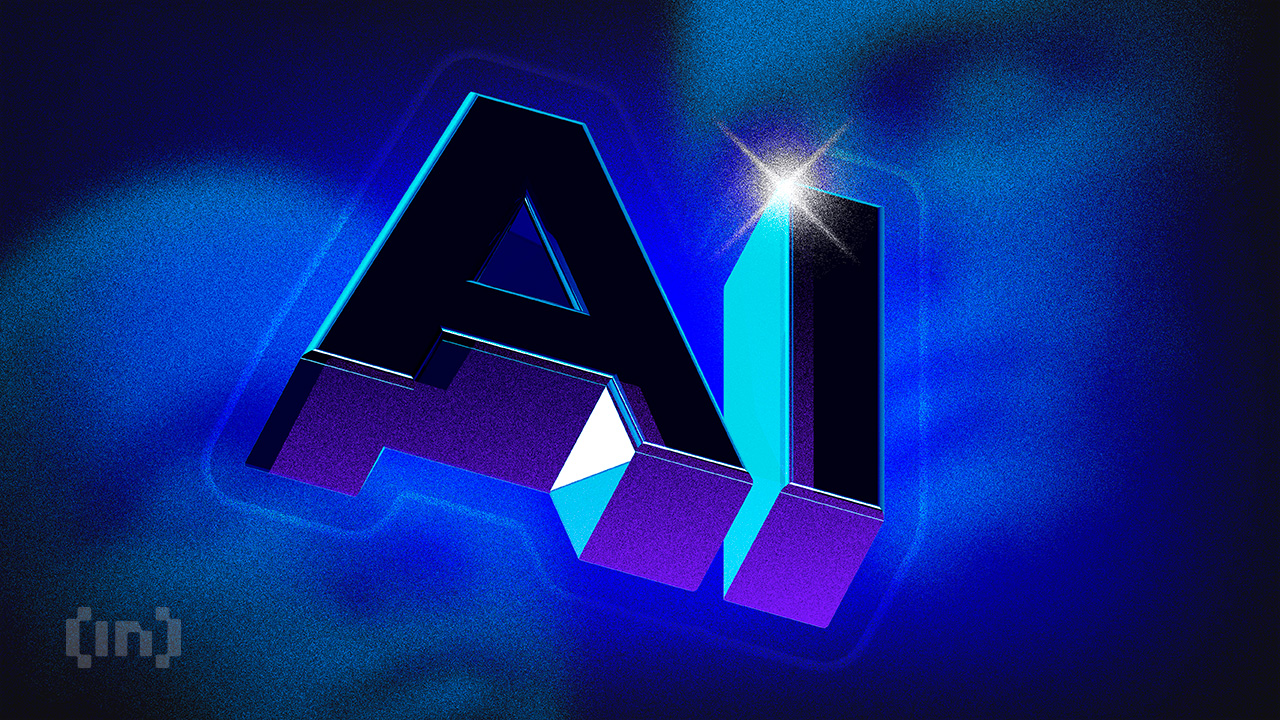
 English (US) ·
English (US) ·